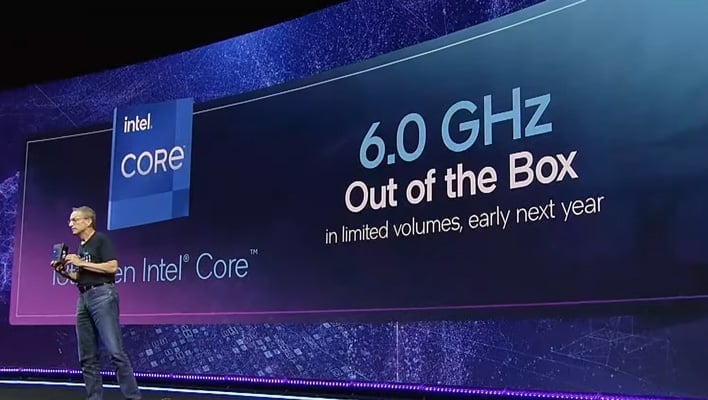
As we noted yesterday, Intel’s partners are starting to roll out motherboard BIOS updates that include the promised microcode fixes for its Raptor Lake processors. These patches should hopefully keep intact CPUs from degrading any further, although processors that are already damaged will have to be replaced. We were somewhat surprised to find out about this, though, as we hadn’t heard anything about it from Intel itself other than a “mid August release”. Well, now we have.
In a post to the Intel Community Forums, the chipmaker says that it is currently distributing microcode patch 0x129 for Core 13th/14th Gen desktop CPUs “which will address incorrect voltage requests to the processor that are causing elevated operating voltage.” In short, the stability problems were largely the result of Intel’s CPUs requesting excessive voltage from the VRM. That was causing them to run hot, and the combination of high localized temperatures, high clocks, and too much voltage was causing physical damage to the CPUs.

After more research, Intel located a bug in the Enhanced Thermal Velocity Boost (or “eTVB”) feature on its Core i9 processors that was causing the CPU to request too much voltage. This bug only affected Core i9 CPUs, but it could be the reason that those chips made up the bulk of the failures. A previous microcode release was issued to resolve this bug in June.
Notably, Intel says that it isn’t done checking up on this issue. The company remarks that it will continue to investigate additional mitigations for this problem and that it will deliver additional information by the end of August, possibly including another microcode update. However, don’t hold off on updating, because this BIOS update could save your CPU’s life, so to speak.
If you’re concerned about performance, well, you may have nothing to worry about—or quite a lot to be concerned about, depending. Intel says that its internal testing shows that performance impact overall in tests like 3DMark, WebXPRT 4, Cinebench, and Blender is “within run-to-run variation”, which means you probably won’t notice. It says the same thing for gaming, citing tests in Cyberpunk 2077, Shadow of the Tomb Raider, and Total War Warhammer III, although the highly-multithreaded Hitman 3 apparently runs significantly worse.
The thing is, Intel’s testing was done with the CPU configured for the company’s default settings. If you’re running a Raptor Lake chip in an enthusiast mainboard, there’s a very solid chance that you are getting better-than-expected performance thanks to tweaks like an unlocked power limit or unsafe voltage limits. The new microcode may or may not have much performance impact, but capping your power consumption to Intel’s recommended value certainly could.
Overall, we’re of the opinion that a functional CPU with 97% performance is much preferable to a flaky CPU with 100% performance, but some people feel very strongly on the topic. There’s a class-action lawsuit brewing over this issue, and we understand why—if you paid for a certain performance level, or purchased a CPU based on early reviews, you could feel cheated. We’re looking into the potential performance impact from these patches and may have some fresh numbers for you before long.
